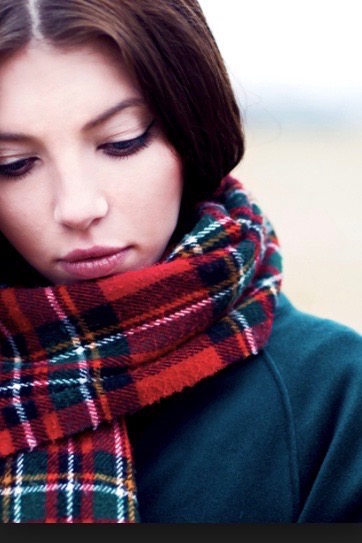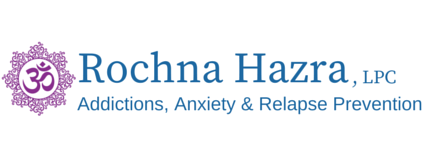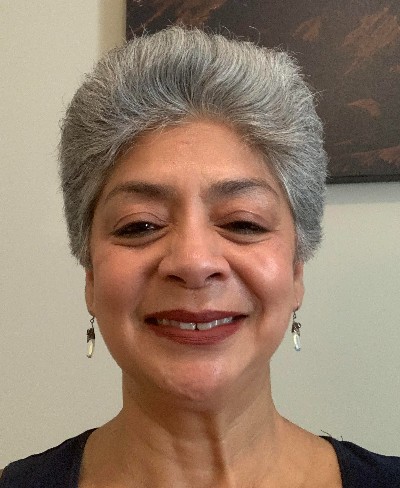
Seasonal Affective Disorder
Winter Blues: Seasonal Affective Disorder
Susan is a 39 year old stay at home mom with 2 daughters ages 11 and 8. As Thanksgiving approaches, Susan notices that her mood starts to dip. She goes through the motions of holiday decorations, hosting Thanksgiving dinner and finally getting the Christmas tree and presents ready. She watches the girls as well as people all around her be joyful and excited. Like every year, she pretends to be as excited and happy. Yet she is aware that underneath it all inhere seems to be a cloud is hanging over her. Sometimes she is actually sad and sometimes, all she feels is blah. She remains listless, tired and generally low until at least the beginning of March. As Susan reflects on this, she realizes that this has been a pattern for her for the last several years.
Symptoms of Seasonal Affective Disorder or SAD usually begin in October or November and subside by March or April. December through February is often the toughest time, and holiday loneliness and stress can increase symptoms.
- Feelings of depression, hopelessness, sadness and irritability
- Sleeping more than usual, yet still feeling tired
- Increased appetite and cravings for carbohydrates and sweets
- Loss of energy and concentration
- Loss of enjoyment and lack of motivation or interest in activities
Winter Blues: Who is at Risk?
Younger people and women are most commonly affected by SAD. Women make up 75 percent of those diagnosed, yet men exhibit more severe symptoms.
10-20 percent of the U.S. population is affected by SAD (as many as half a million people per year).
Individuals who have a family history of SAD are more likely to be affected.
If you already have clinical depression or Bipolar Disorder, depression may worsen seasonally.
Seasonal Affective Disorder: Treatment Options
Exposure to sun and being outdoors if possible.
Phototherapy or Light therapy can help. This includes close exposure to a special florescent lamp. Light therapy is a treatment in which the patient is exposed to an artificial light source. It is meant to compensate for the lack of exposure to sunlight that is thought to be linked to SAD.
Counseling sessions can help individuals learn healthy ways to cope, reduce stress and recognize and change negative thought patterns and behaviors.
Self Care such as exercise, being social, healthy diet and stress management. It is important to avoid turning to food or alcohol. Being social can really help. It not only gets you out of the house, but increased human interaction is known to decrease depressive symptoms.
Self-Compassion: I cannot overemphasize the importance of having compassion for yourself. Don’t blame or criticize yourself for not “snapping” out of it. In fact, self-criticism will actually set you back. Treat yourself like you would treat a close friend.
Antidepressant medications, particularly those from the serotonin selective reuptake inhibitor family (SSRI) family like Prozac, Zoloft, Paxil or Celexa have been found effective in treating seasonal affective disorder.
It is important not to ignore or dismiss symptoms of SAD. Left untreated the symptoms will not only will persist but may even be exacerbated.
About Rochna:
Rochna Hazra is trained in Marriage and Family Therapy at Virginia Tech. She includes the emotional, psychological, spiritual and family aspects of a person in her work. Originally from India, she combines the Eastern traditions of mindfulness, non-judgment and a holistic approach to healing with the Western approach of realism and solution-focused action.
Rochna uses Cognitive-Behaviorial techniques to help you overcome depression.
Rochna is also a Certified Advanced Relapse Prevention Specialist and trained in Sex Addiction and Mindfulness-based Therapy and Relapse Prevention.
Click here to learn more about Depression Treatment and my practice in Leesburg, Virginia

